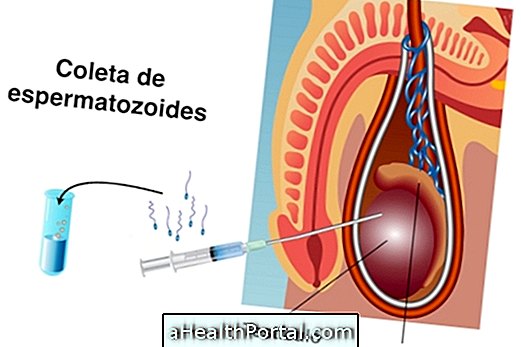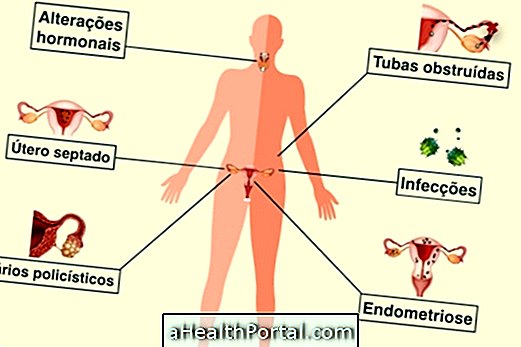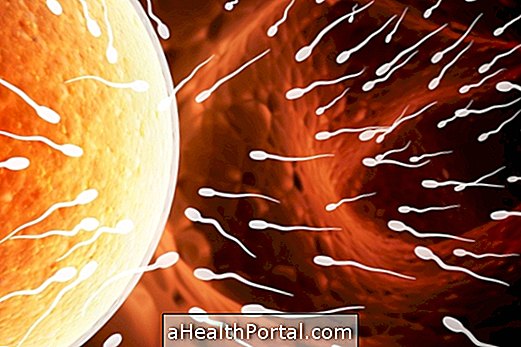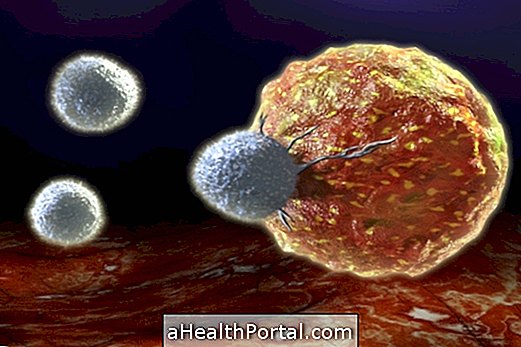The collection of sperm directly from the testicle, also called testicular puncture, is done through a special needle that is placed in the testicle and aspirates the spermatozoa, which will then be stored and used to form an embryo.
This technique is used for men with azoospermia, which is the absence of spermatozoa in the semen, or with problems of ejaculation, as in cases of retrograde ejaculation.
Sperm Collection Techniques
There are 3 main techniques for collecting spermatozoa in man:
- PESA: the spermatozoa are withdrawn from the epididymis through a needle. In this technique only local anesthesia is used, and the patient sleeps during the procedure, being discharged on the same day;
- TESA: the spermatozoa are removed from the testicle through a needle, using local anesthesia applied to the groin. This technique is used when the PESA does not bring good results, and the patient is discharged on the same day;
- MESA: the spermatozoa are removed from the testicle, through a small cut made in that region. This procedure is done with local or epidural anesthesia, and it is possible to withdraw a larger number of spermatozoa than in others, being necessary to stay in hospital for 1 or 2 days.
All techniques are low risk, requiring only a fasting of 8 hours before the procedure. The care after sperm collection is to just wash the area with mild soap and water carefully, put ice on the spot and take painkillers prescribed by the doctor.

How Sperm Will Be Used
After collection, the spermatozoa will be evaluated and treated in the laboratory, to be used through:
- Artificial insemination: the sperm are placed directly in the woman's uterus;
- In vitro fertilization: the union of the spermatozoon of the man and the ovum of the woman is made in the laboratory to generate the embryo, which will then be placed in the uterus of the mother for the development of the fetus.
The success of pregnancy will also depend on the age and health conditions of the woman, being easier on women under 30 years.




















